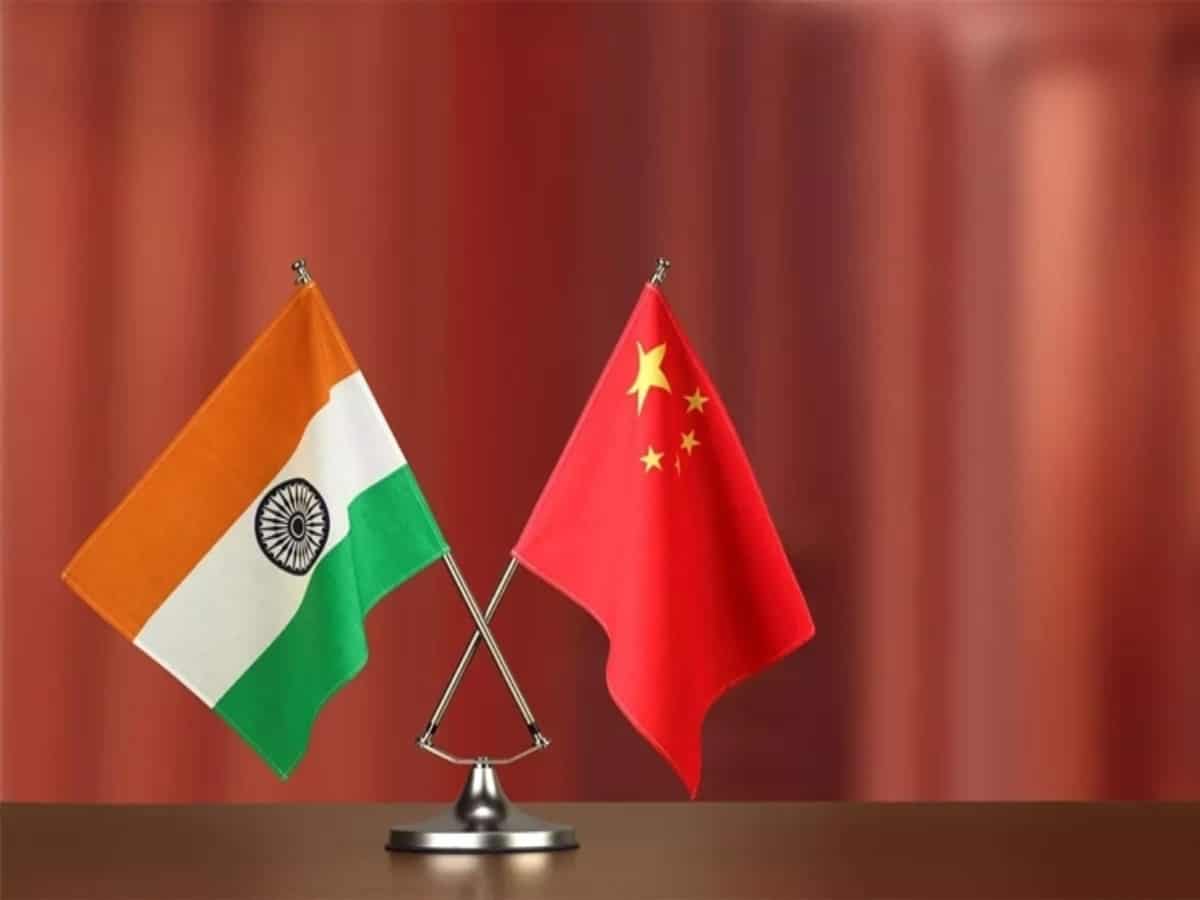
The three-day Shangri-La dialogue, one of the most important security forums of Asia Pacific states concluded in Singapore on Thursday underscoring the need for dialogue over confrontation, specifically in the context of seeking de-escalation of rising tensions between the United States and China. The key takeaways of the conference, in which the United States, China, Australia and Japan and other states took part, have a resounding message for India, too vis-à-vis China and Pakistan. India‘s relations with both these countries are problematic and at the moment look intractable. India is caught in a military standoff situation with China for the past more than three years in eastern Ladakh.
India is engaged in consistent dialogue with China to ride over the problems in the cold desert region of Ladakh, where the killing of 20 Indian soldiers at the hands of Chinese troops in Galwan Valley, a Himalayan feature overlooking the Galwan river in June 2020, serves as a chilling reminder that the volatile situation in the region has the potential to escalate.
The dialogue has accrued very limited purpose. This is an Indo-China problem, but the world is viewing it with alarm because any untoward turn the conflict may take place will have consequences for the world. It is a situation in which the dialogue is on but it is not delivering the results as fast as it should have – three years is a long period. And the spectre becomes more worrisome as the resolution to the crisis is not in sight.
The underlying danger is that this conflict is also getting embedded into the thesis, though not an appropriate assessment, into the widening of the US-China tensions. The US-China tensions have been calculated as heading toward devastation if not settled through dialogue.
India has tried to keep its issue with China confined to its bilateral dialogue, yet the world has its own perceptions. If it doesn’t see this conflict as the one at core of the US-China confrontation, but it does see it as an extension of the same. India has been relying on US support in advanced arms as also the intelligence to maintain its robust position vis-à-vis China.
China, no doubt is having military superiority over India, in terms of men and machines and also its logistics. India is working to improve its connectivity to the Lien of Actual Control that defines vague borderline between India and China in the region, Chinese advanced connectivity system is already in place and it is increasing its capacity and capabilities along the border.
India, however, is not averse to disregarding engagement with Pakistan as long as the latter doesn’t stop export of terrorism into Jammu and Kashmir and the rest of the country. The argument is, how can talks and terrorism go together. But then there is a situation of high tensions between the two countries. The dialogue is not a reward, it is one way of embarrassing and putting on mat the other side. International opinion would increasingly favour India. Terrorism has no place in the civilized world. Pakistan must adhere to this dictum in reality or risk isolation. Its internal troubles have already disillusioned the world.
The world would back India on this, though India says it doesn’t need any global backing on this issue as that would amount to third party interference, and show mirror to Islamabad. India hosted one of the G20 events in Kashmir to showcase its sovereignty over the place, and how the Valley has been pulled out of dark shadows of Pakistan sponsored terrorism. It wanted the G20 group members to see it for themselves. The dialogue would help in convincing the world that it is sincerer in having peace, and the G 20 grouping has an obligation to endorse India as they have already seen what difference Delhi has made to the lives of the people in Kashmir – they have come to believe in themselves and the destiny they have within the Indian nation.
The improvement in the US-China ties, if it happens, will certainly have salutary effect on this situation too. India though is averse and it has stated that categorically too, to third party intervention in the conflict, yet the overall global atmosphere in which the tensions de-escalate and the territorial integrity and national sovereignty are honoured, it can help check the expansionist tendencies of China. The second largest economy in the world has its responsibility. With high positions come a high level of responsibilities too.
That’s why the Shangri La dialogue stressed upon the dialogue between Washington and Beijing. most appropriate words were spoken by Australian Prime Minister Anthony Albanese, in his keynote address at the Conference.
“Peace is not a gift and it’s never a given. It’s not the default setting of any part of the world. It has to be built, pursued, defended and upheld. And when nations such as ours choose to promote peace, we are not opting out from the big questions of security and stability. A region and a world where two countries can disagree, even very firmly, without that disagreement ending in disaster.”
He went on to add the most critical point, “Central to this is the word of the moment guardrails. Now, I’m a former minister for infrastructure, so I confess that when I hear guardrails, my mind goes straight to the safety barriers on the side of major roads. But that’s actually not a bad way of thinking about what is being proposed, because this isn’t about a policy of containment. It’s not a question of placing obstacles in the way of any nation’s progress or their potential. This is a matter of simple, practical structures to prevent a worst-case scenario, and the essential precondition for this is, of course, dialogue.”
